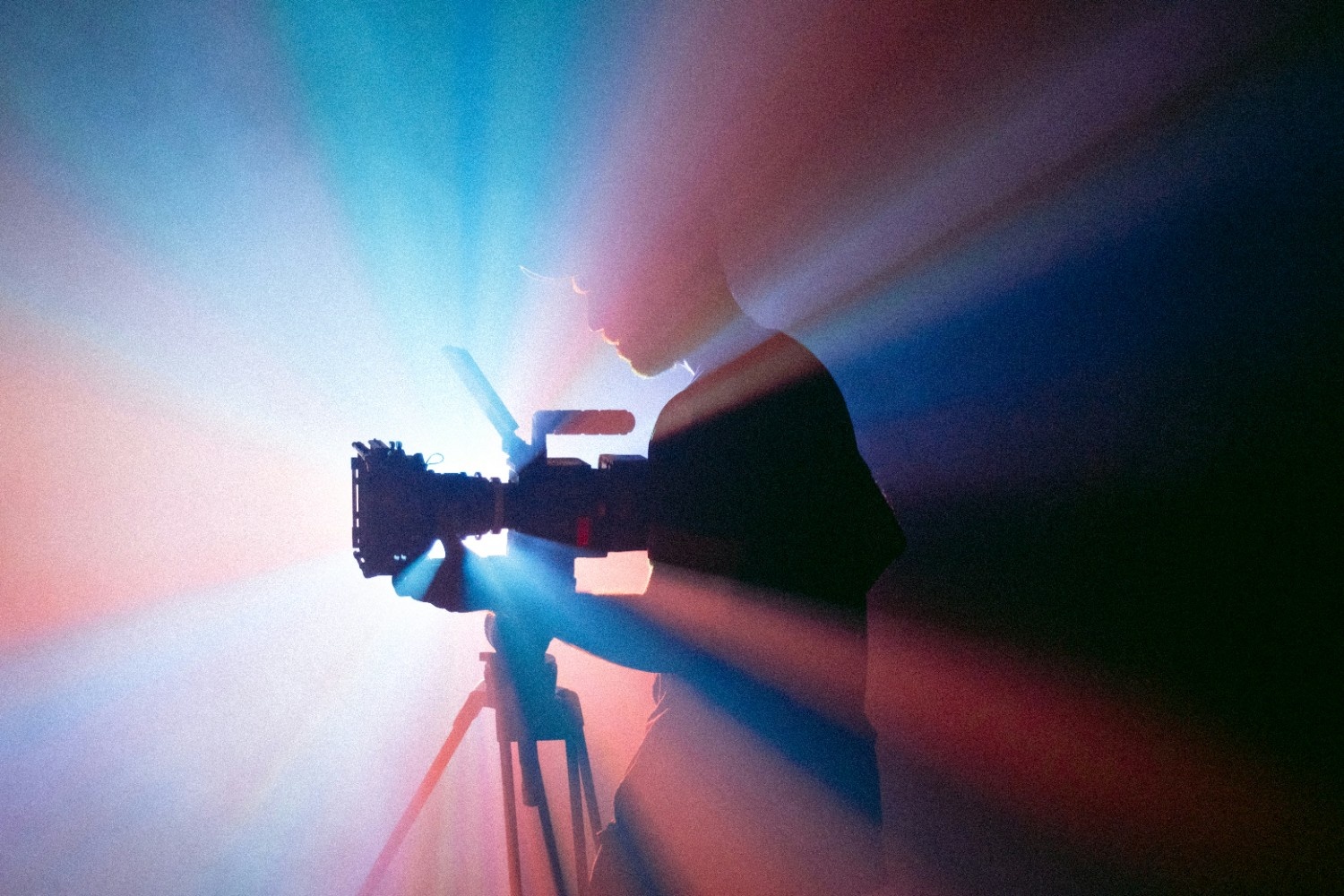7 Iconic Movie Shots That Changed Cinema Forever
6 Min. ReadFrom the swirling psychological anxiety of Hitchcock’s dolly zoom to the joyous stillness of DDLJ’s mustard fields, certain shots become cultural and cinematic reference points. They don’t just move the plot forward; they become the plot’s heartbeat. These are the frames that linger in our minds long after the credits roll.
Some movie scenes don’t just engage; they become cinematic guardrails. From classic Hollywood to modern Bollywood, some iconic shots didn’t just reflect their times; they transcended them. These moments have set new pathways, influencing generations of filmmakers to rewrite the rules of how stories are told visually. A single frame has the potential to alter the entire emotional trajectory of a scene. Sometimes, it captures a mood that resonates across cultures. At others, it invents a visual technique so powerful that filmmakers worldwide adopt it as shorthand to display emotions.
Here are seven such moments that left more than just an impression. They became milestones in visual storytelling, shaping everything that came after.
1. The Dolly Zoom – Vertigo (1958)

In Vertigo, Alfred Hitchcock introduced the dolly zoom, a psychologically charged device that would become one of cinema’s greatest storytelling tools. When James Stewart’s character looks down the staircase, the camera backs up as it zooms in, creating a disorienting distortion of perspective. This wasn’t just a technical achievement; it visualised inner fear, confusion, and obsession, leaving the audience intrigued and emotionally engaged. The shot became so iconic that it crossed genres and cultures. In Sholay (1975), Ramesh Sippy used the same dolly zoom during Thakur’s traumatic flashback, which added weight to the emotional burden of loss and vengeance. The shot, today, signifies the visual grammar of anxiety and disclosure.
2. The Trunk POV – Pulp Fiction (1994)

Tarantino’s Pulp Fiction didn’t just shake up storytelling; it redefined how a scene could be framed. The trunk POV shot looking up at Jules and Vincent from inside the car’s boot feels both personal and threatening. It plays with viewer perspective, pulling us into the scene quite literally. This low-angle, inside-the-trunk view became a trope, appearing in countless films and shows afterwards to suggest secrecy, criminal mischief, or looming violence. It’s not just a gimmick; it’s a bold assertion of character power and Tarantino’s signature mark on cinematic grammar.
3. Tricycle Tracking – The Shining (1980)
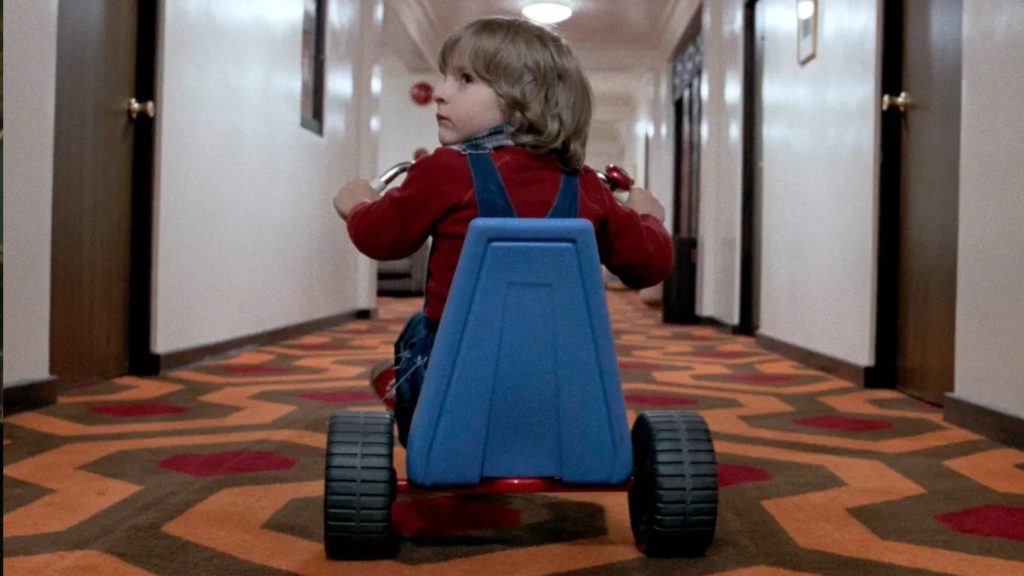
Stanley Kubrick transformed the ordinary into the ominous with the tricycle ride of The Shining. The Steadicam captures behind young Danny as he cycles down the seemingly endless miles of unnervingly quiet hotel corridors. Filmed at a low angle with a Steadicam, this low-angle tracking shot revolutionised the art of horror by making the space itself seem menacing. Every bend around which Danny goes promises terror, building up to the shocking appearance of the Grady twins. This scene became a standard for spatial tension, shaping how horror movies have used stillness, symmetry, and silence to create fear ever since.
4. Chaplin Echoes – Barfi! (2012)
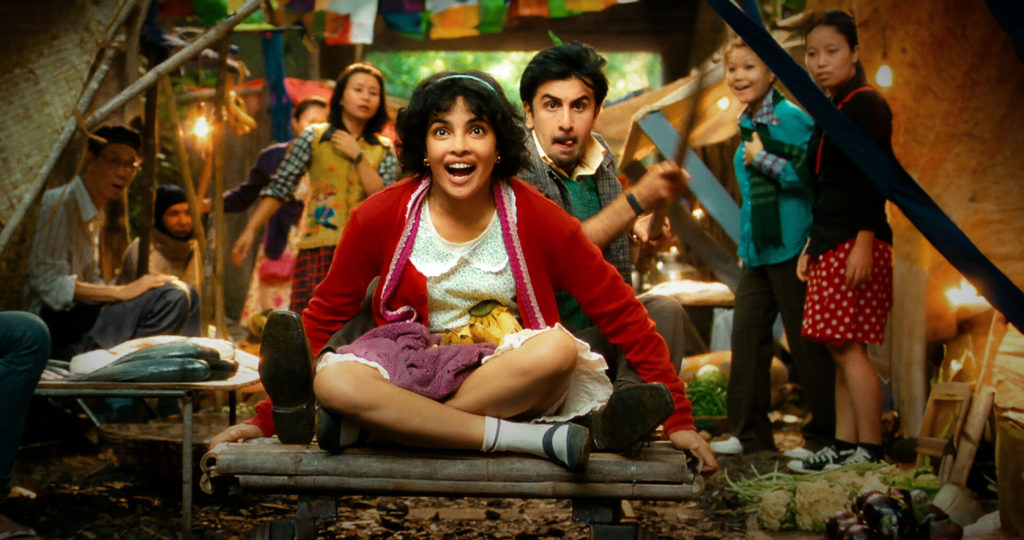
Anurag Basu’s Barfi! offered a visual love letter to silent cinema in the modern Bollywood era. Through clever use of slapstick, expressive physical acting, and minimal dialogue, the film paid homage to Charlie Chaplin’s work. Wide shots, exaggerated reactions, and situational humour brought back the emotional purity of silent storytelling. These Chaplin-inspired compositions weren’t just nostalgic; they reminded Indian cinema of the timeless power of visual narrative, making Barfi! a refreshing outlier in a dialogue-heavy industry. It proved that silence, when framed right, can speak volumes.
5. Mustard Fields of Love – Dilwale Dulhania Le Jayenge (1995)
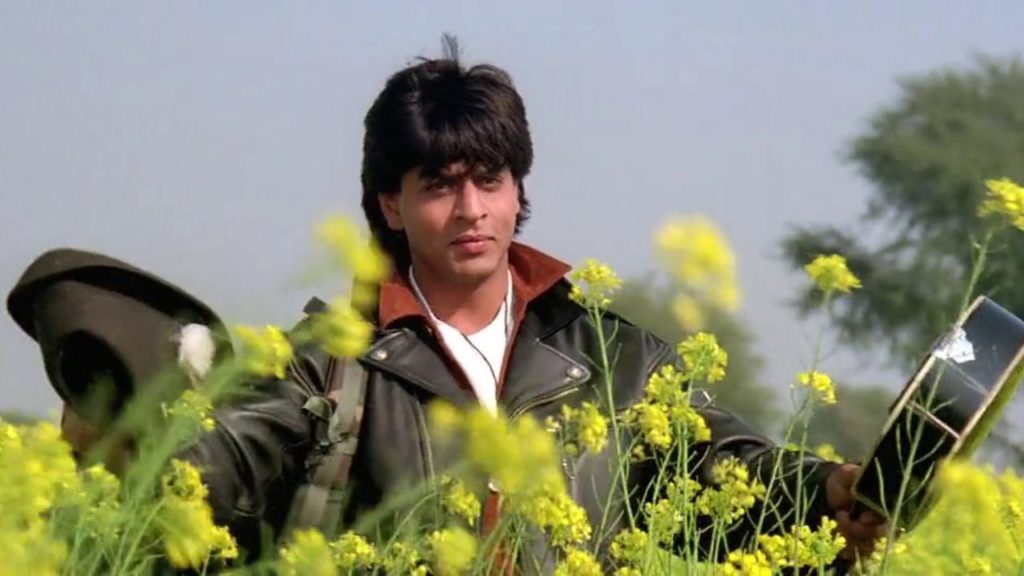
There are love scenes, and then there’s the mustard field reunion of DDLJ. As Shah Rukh Khan’s Raj opens his arms and Kajol’s Simran sprints towards him across a golden expanse of mustard flowers, Bollywood discovers its most enduring symbol of love. This one shot, with its sweeping vista and rich colours, became shorthand for longing, reunion, and eternally enduring romance. It wasn’t a mere pretty picture; it became cultural shorthand, leaving the audience feeling nostalgic and appreciative of the film’s impact on Indian pop culture.
6. The Odessa Steps – Battleship Potemkin (1925)
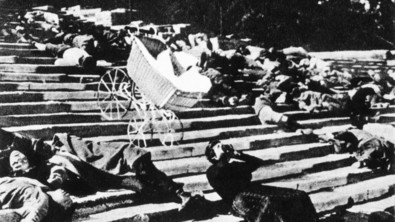
Sergei Eisenstein’s Odessa Steps sequence is a landmark in film editing and emotional storytelling. In this montage, a peaceful crowd is brutally attacked by marching soldiers, with each cut amplifying the terror, innocent faces, fleeing feet, and a baby carriage tumbling down the stairs. Eisenstein’s theory of “intellectual montage” comes alive here, using rapid editing to create meaning and emotion beyond dialogue. The scene is so influential that it inspired homages in The Untouchables (1987), Nayakan (1987), and countless others. Even today, it stands as a masterclass in using editing to move an audience, leaving them awe-inspired and appreciative of the film’s editing techniques.
7. The Burning Oil Field – There Will Be Blood (2007)
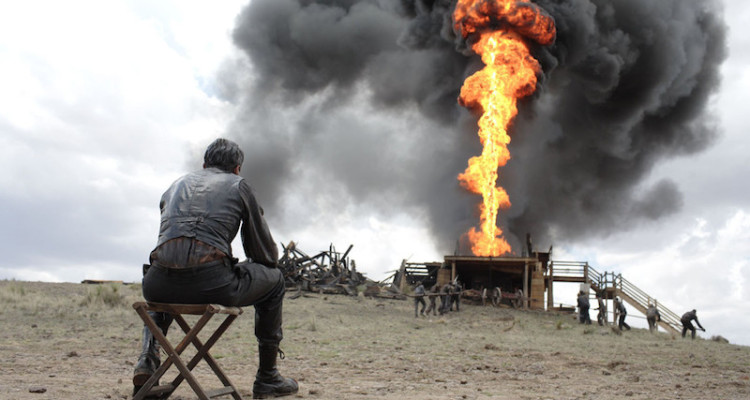
Paul Thomas Anderson’s idea of ambition gone bad coalesces in a single, indelible image: an oil derrick flames up, backlit by a burning inferno that illuminates Daniel Day-Lewis against the fury of the flames. A single, breathtakingly long take, the sequence captures the industrial bedlam and individual mayhem that fuel the movie. It’s a spectacle, certainly, but it’s also a character. Daniel Plainview stands and beholds the flames, half-shattered, half-victorious, engulfed by the very power he hoped to master. This shot made There Will Be Blood a mythical film, illustrating how contemporary filmmaking could yet capture the greatness of the ancient epics.
Conclusion
Each of these shots is more than a memorable frame; they are visual turning points that often become cultural shorthand for larger ideas: fear, romance, chaos, and silence. They didn’t just move a story forward; they moved an entire medium forward and became part of our cultural lexicon.
Cinema, at its best, is both art and language. And these seven shots are its boldest, most influential phrases. They remind us that even a fleeting image, if composed with vision, can outlast time, language, and genre, and forever change the way we look at the world through the lens.
Written by – Aashna Vidyarthi

